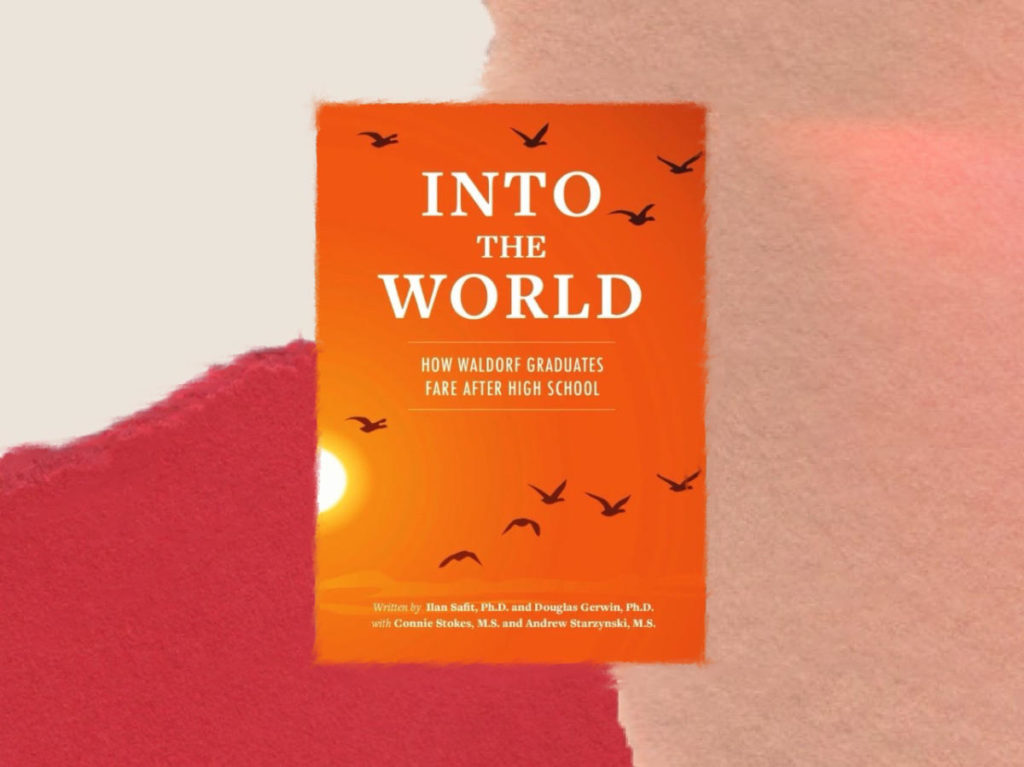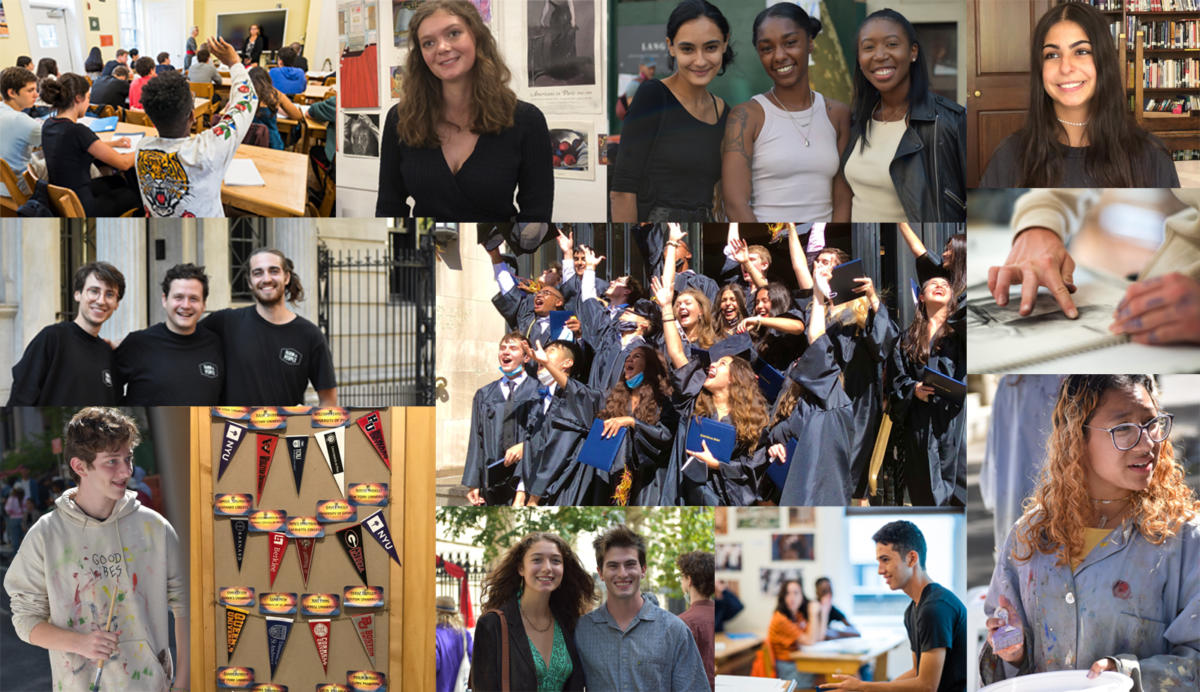INTO THE WORLD – How Waldorf Graduates Fare After High School
“Our task is to educate the human being in such a way that he or she can bring to expression in the right way that which is living in the whole human being, and on the other side that which puts him/her into the world in the right way.”
— RUDOLF STEINER
By Ilan Safit – Humanities Teacher at Steiner, Co-author of Into the World: How Waldorf Graduates Fare After High School, and Editor of the Research Bulletin for Waldorf Education
How do Waldorf students fare after graduation? How many of them go to college? What subjects do they choose to major in at college? Do they feel that their Waldorf education prepared them well for post-secondary studies? Did we, in fact, prepare them well for college? And then what? What do they do next? What professions do they choose for themselves? What kind of lives do they tend to live? How are they doing financially? How is there health? And are they—if we may dare ask—, at the end of the day, happy?
These are some of the questions that the Research Institute for Waldorf Education was set out to answer with its recent survey of Waldorf graduates in the book entitled Into the World: How Waldorf Graduates Fare After High School. Information was gathered through two extensive online surveys – one aimed to capture the experiences of those who graduated from a Waldorf high school in the past 10 years (and are therefore expected to be “college age”), another directed at those who are farther along on their life journey, as they had graduated high school in the period between 1990 and 2010.
In addition, a small team of researchers working on this project conducted a set of interviews with recent and not so recent Waldorf graduates, both in a one-on-one setting and in groups. And we benefitted greatly from the online survey respondents who chose to elaborate further, and at times in great detail, about the aspects of their lives and their perception of the role that Waldorf education played in shaping them.

This offered us a narrative treasure-trove of personal impressions, perceptions, and reflections. From this qualitative data we’ve learned that Waldorf graduates cherish their schooling greatly and are aware of how it instilled in them healthy habits of learning, working, and living. They often feel that it has prepared them well for college by showing them how to learn and study, thereby enabling them to take on subjects and fields that they might not have explored in their secondary education.
Quantitative data collected through the online surveys show us a decisive portion of graduated (close to 46%), major in either the Social & Behavioral Sciences, Exact Sciences, or other STEM subjects, while 28% major in the Arts & Humanities. In terms of professions, we found the largest discernible group of alumni (15.5%) working in Education (across the full spectrum from early childhood to academia), followed by Medical and Health-related professions (12.3%), followed by those working in creative fields of Arts, Entertainment, and Media (12%).
A composite profile of the recent Waldorf graduate tells us that they (practically all) attend college, for which they feel strongly prepared (95%), are accepted to the top three colleges or universities of their choice (90%), complete their initial degree (92%), and often choose thereafter to continue to graduate or professional training schools. They also feel that their Waldorf education prepared them to be creative and innovative, open minded, empathic, and to take on leadership roles.
This, of course, is just a taste of the findings collected in the book resulting from this study, which contains also detailed comparisons with similar, nation-wide surveys conducted by the National Associations of Independent Schools, as well as in-depth analyses, interviews, and testimonials.


